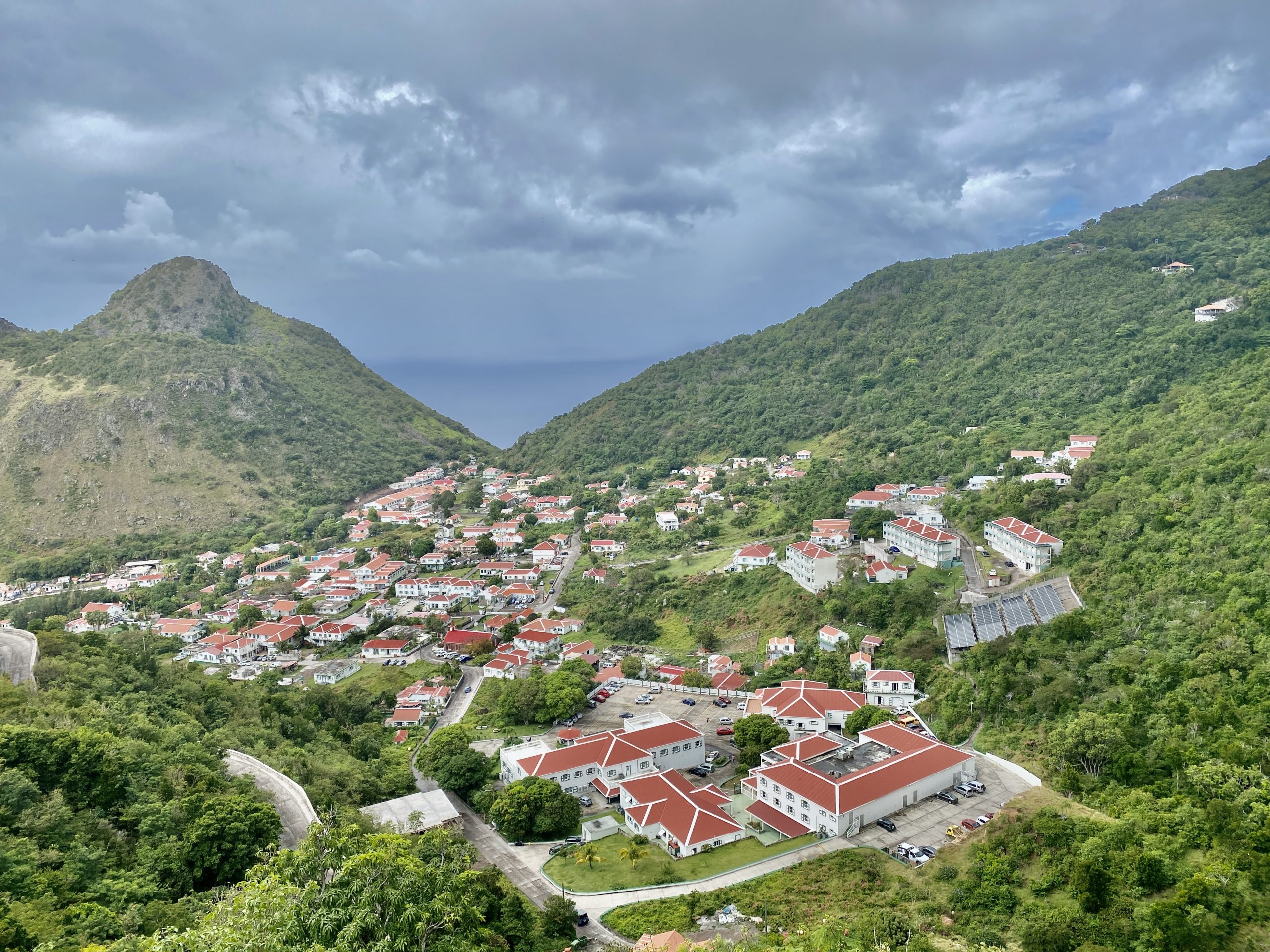
Let me introduce you to a Caribbean island that you probably never heard of before. Saba is a small dot on the map, stretching only 3 miles across, located in the middle of the Caribbean Sea. It is often referred to as “the unspoiled queen” because it is largely uncommercial and well preserved. You will […]
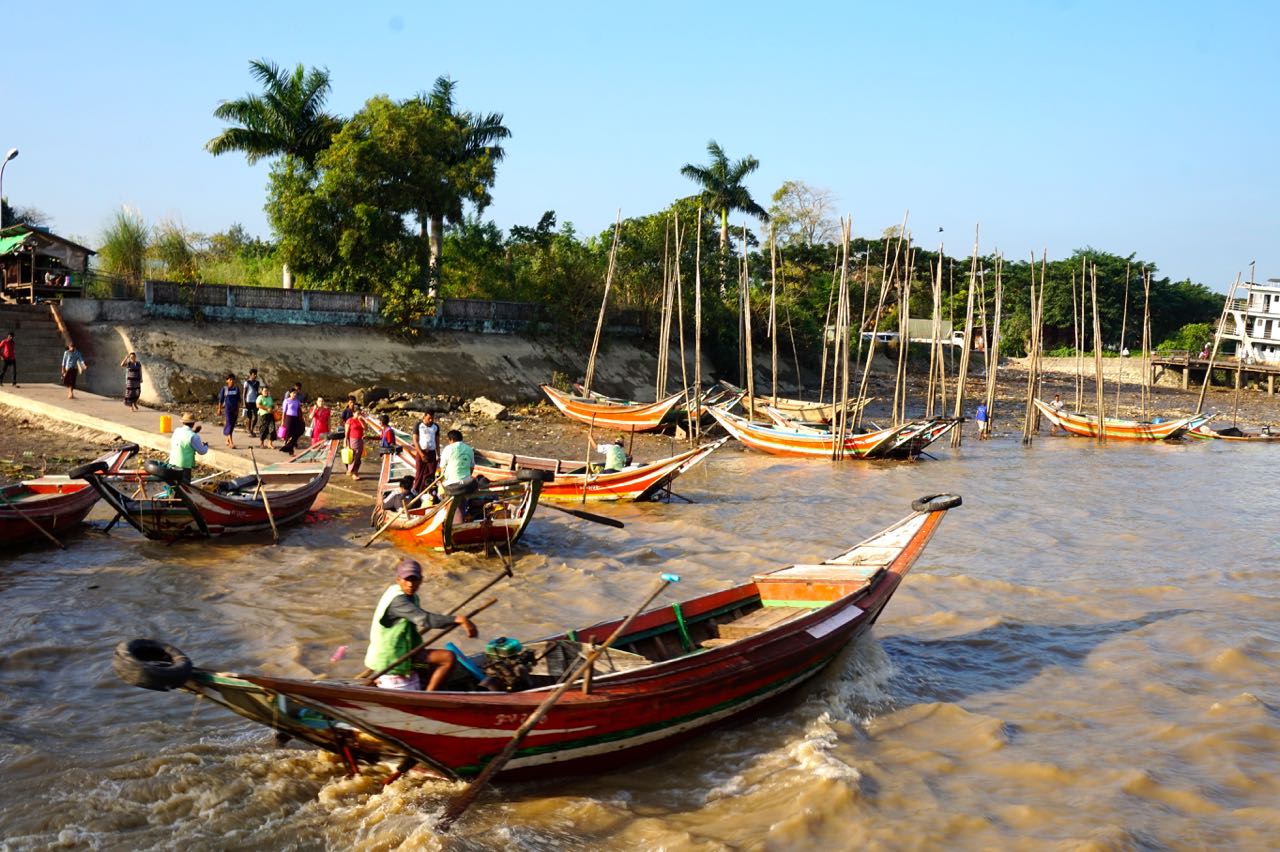
Myanmar (aka Burma) has only recently opened to tourism after lifting an embargo on foreign visitors. Tucked away in the South Asian peninsula, the country is unknown to most western tourists, except for it’s communist politics followed by a fight for democracy led by female activist Aung San Suu Kyi. A deeper dive into Myanmar’s history […]
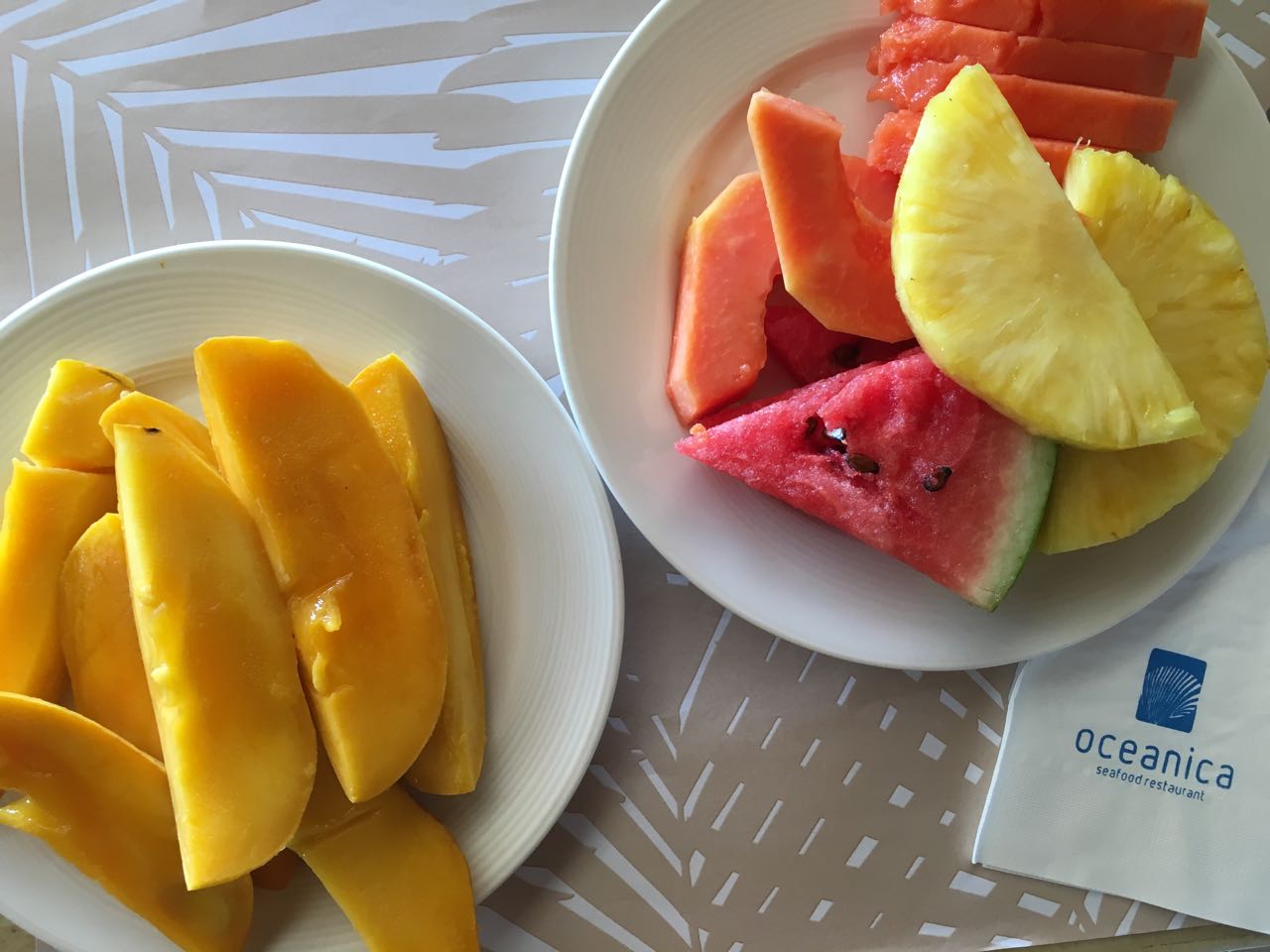
What did I like most about the Philippines? Well, a lot of things! Beautiful beaches, quiet islands, fresh fruits, friendly people, to name a few. Each day, I thought about what it would be like to live here and thought about the five most compelling reasons I would want to move to the Philippines. Mangoes Grow […]
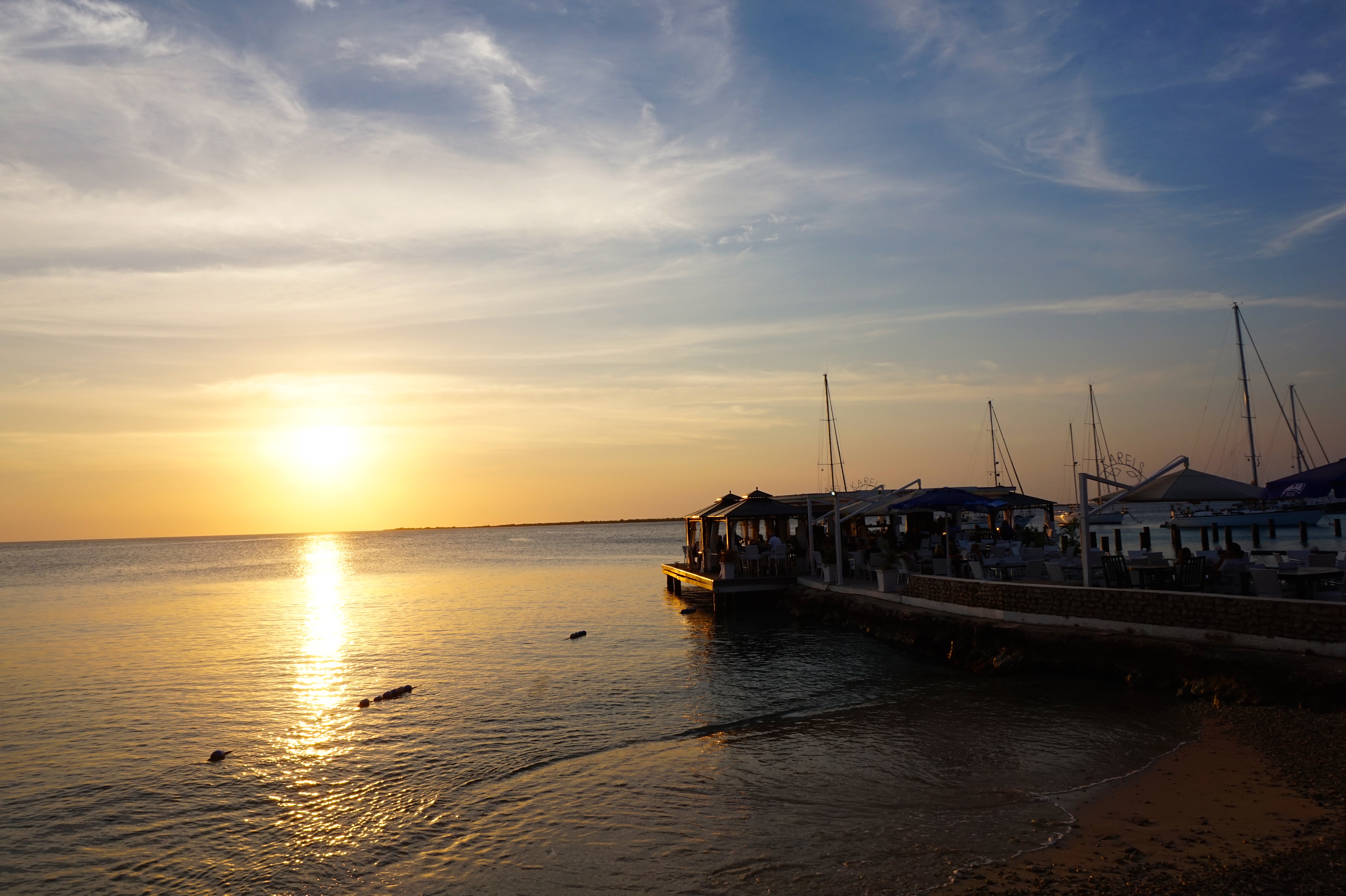
Located south of Aruba and 50 miles East of Venezuela, Bonaire is a small island in the Dutch Caribbean. It is part of the ABC islands – Aruba, Bonaire, Curacao. Bonaire is the smallest of the three, and the least developed when it comes to tourism, which is why it makes for a perfect travel […]

I enter Laos (pronounced Lao) at one of the less frequented border crossings from Thailand and arrive at the town of Pakse. With just one strip of hotels and restaurants, Pakse usually serves as a launching pad to other destinations in southern Laos. I immediately decide to take a bus to the 4000 islands. In […]
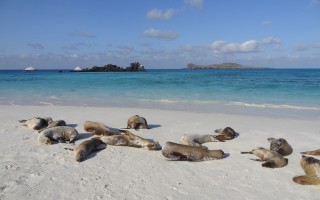
I was so impressed by the sea lions on the Galapagos Islands, that I decided to post a photo blog just about them. The first time I saw a sea lion in the wild was when we set out to board our Ecoventura cruise “The Letty” on San Cristobal island. All the passengers got very excited […]
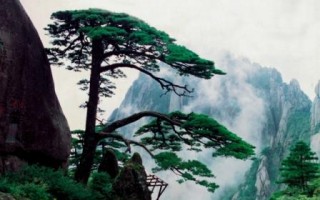
The Global Sustainable Tourism Council (GSTC) has put together a brand-new set of criteria that will help put travel destinations, not just hotels, restaurants or airlines, on the path toward social, cultural, and environmental sustainability. Using things like Green energy help towards the global efforts to reduce climate change and attempt to save our planet. […]